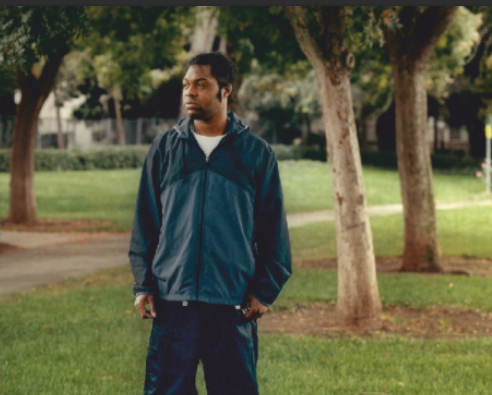(单词翻译:单击)
中英文本
Back in the 1980s, when DNA forensic analysis was new, crime labs needed a speck of bodily fluid—usually blood, semen, or spit—to generate a genetic profile.
在20世纪80年代,DNA法医分析还是一项新技术,犯罪实验室需要一点身体的液体——通常是血液、精液或唾液——来生成基因图谱。
But in 1997, Australian scientist Roland van Oorschot stunned the criminal-justice world with the discovery that some people's DNA appeared on things that they had never touched.
但是在1997年,澳大利亚科学家罗兰·范·奥尔斯科特发现,一些人的DNA会出现在他们从未接触过的东西上,这一发现震惊了刑事司法领域。
He called the phenomenon "secondary transfer." One of his lab's experiments had three people sit at a table and share a jug of juice.
他称这种现象为“二次转移”。他在实验室做的实验之一是,让三个人坐在桌子边,共享一罐果汁。
After 20 minutes, their hands and the chairs, juice glasses, table, and jug were swabbed and tested for genetic material.
20分钟后,他们的手、椅子、果汁杯、桌子和水壶都被擦洗,并进行了遗传物质测试。
Although the volunteers never touched one another, their DNA ended up on each other's glasses—and hands.
尽管这几位志愿者从未碰过彼此,但是他们的DNA出现在彼此的杯子上和手上。
Then there was the foreign DNA—profiles that didn't match any of the juice drinkers.
然后出现了其他DNA,其特征不符合任何一位志愿者的DNA。
It turned up on about half of the chairs and glasses and all over the participants' hands and the table.
它出现在一半的椅子和杯子上。也出现在桌子上和所有志愿者的手上。
The only explanation: The participants had unwittingly brought with them alien genes,
唯一的解释是:这些参与者不经意地携带了外源基因,
perhaps from the lover they had kissed that morning, the stranger with whom they had shared a bus grip, or the barista who had handed them an afternoon latte.
也许是来自他们那天早上亲吻的爱人,或是和他们握一个公交车把手的陌生人,或者是下午递给他们一杯拿铁咖啡的咖啡师。

In a sense, this isn't surprising: We leave a trail of ourselves everywhere we go. One person can shed upward of 50 million skin cells a day.
在某种意义上来说,这并不令人惊讶:无论我们走到哪里,都会留下自己的足迹。一个人每天可以脱落超过5000万个皮肤细胞。
We also spew saliva. If we stand still and talk for 30 seconds, our DNA may be found more than a yard away. DNA is the most accurate forensic science we have.
我们也吐唾液。如果我们站着说话30秒钟,我们的DNA可能在一码之外找到。DNA分析是我们拥有的最精准的法医学技术。
It has exonerated scores of people who had been convicted using more flawed disciplines, such as hair or bite-mark analysis.
它为数十名曾因使用头发或咬痕分析等更有缺陷的分析而被定罪的人洗脱了罪名。
Meanwhile, there have been few publicized cases of DNA mistakenly implicating someone in a crime.
与此同时,很少有公开的因DNA错误而使某人卷入犯罪的案例。
Nevertheless, the itinerant nature of DNA has serious implications for forensic investigations.
不过,DNA的流动性质对法医调查有着严重的影响。
After all, if traces of our DNA can make their way to a crime scene we've never visited, aren't we all possible suspects?
毕竟,如果我们的DNA出现在我们从没参观过的犯罪现场,我们不就都成了嫌疑犯了吗?
重点讲解
1.end up 结束
But I never expected it to end up this way.
但是我不希望这一切就以这种方式结束。
2.turn up出现;发生
But the woman failed to turn up to court and the magistrate struck out the case.
但是这位女子最终没有在法庭出现,而法官则删除了这个案子。
3.In a sense某种意义上
In a sense we was born to the world to cash a check of happiness.
在某种意义上,我们来到这世上是为了兑现一张幸福的期票。
译文由可可原创,仅供学习交流使用,未经许可请勿转载。


